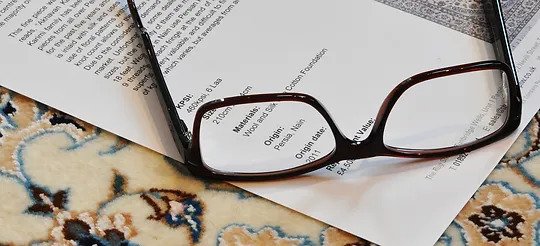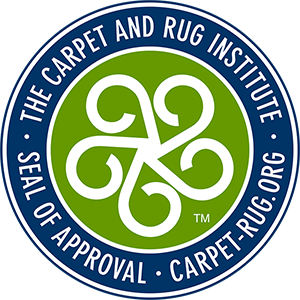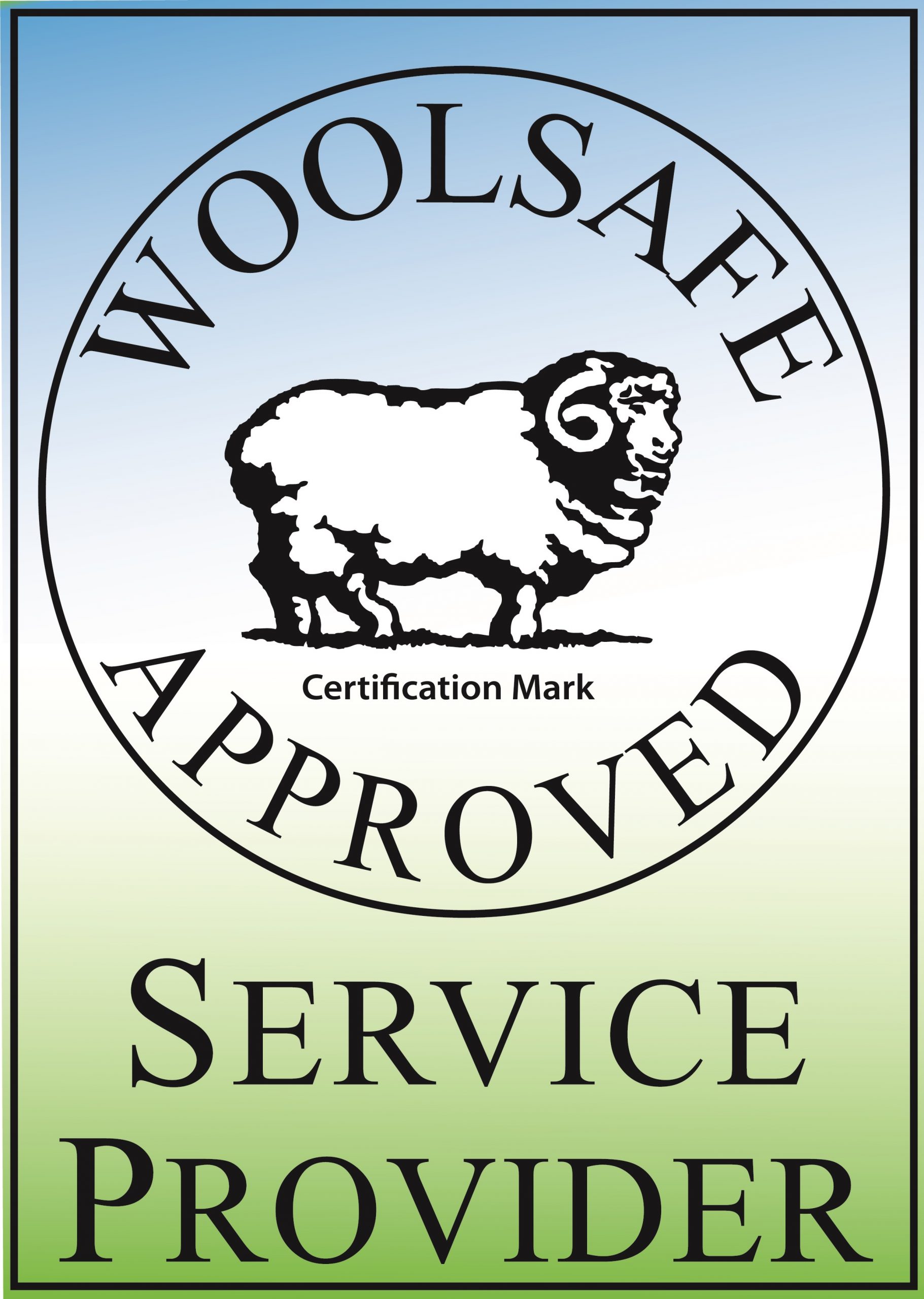
Top Ten Questions To Ask Before Purchasing An Oriental Rug
Before buying an Oriental or Persian rug, asking the right questions is essential. Discover the top 10 questions to ask your rug dealer to ensure you make the perfect choice.
Buying an Oriental or Persian rug can be an exciting yet daunting task. With so many factors to consider, such as the type of rug, the quality, and the price, it’s essential to know the right questions to ask your rug dealer BEFORE signing on the dotted line.
This blog post, brought to you by Oriental Rug Salon, outlines the top 10 questions to ask BEFORE making a purchase, ensuring you make an informed decision and find the perfect rug for your home.
Is the rug handmade or machine-made?
Understanding whether the rug is handmade or machine-made is crucial in determining its value and quality. Handmade (also known in the industry as hand-knotted) rugs are typically more durable and unique. In contrast, machine-made rugs can lack the same level of craftsmanship, detail, resale value, and durability. Make sure to ask your dealer about the rug’s construction to make an informed decision.
What is the age of the rug?
The age of an Oriental or Persian rug can play a significant role in its value. Older rugs may be considered antiques, which can increase their worth. Ask your dealer about the rug’s age and history to determine if it’s a good investment.
What materials are used in the rug?
Quality materials are vital in ensuring the rug’s durability and appearance. Ask your dealer about the materials used, such as wool, silk, or cotton, and consider the rug’s potential longevity and maintenance requirements.
Note: Handmade area rugs can be made from a range of materials, including wool, silk, cotton, or a blend of these. Each material has its own distinct feel, durability, and care requirements. Silk rugs, for example, are luxurious and delicate, while wool rugs are more durable and easier to maintain. Silk rugs should not be used in heavy-traffic areas of your home.
Whatever you do, consider strongly against purchasing an area rug made of Viscose, banana silk, bamboo silk, rayon, or artificial silk due to its propensity for permanent staining, limited life span, and poor cleaning results.
What is the knot count or KPSI?
Knot count, or knots per square inch (KPSI), is a measure of a rug’s quality and craftsmanship. Higher knot counts generally indicate a more intricate design and superior construction. Be sure to inquire about the KPSI to gauge the rug’s value and craftsmanship.
For wool Oriental or Persian rugs, a rug considered “good” has a knot count ranging from 100 to 300 knots per square inch (KPSI). Rugs with a knot count of 100-200 KPSI are considered “medium” quality, while those with 200-300 KPSI are “high-quality” rugs with more intricate patterns. Some very fine wool rugs can have knot counts even higher than 300 KPSI, but these are rarer and more expensive.
For silk Oriental or Persian rugs, knot counts are generally higher because silk fibers are thinner and can be tied more tightly. A “good” knot count for a silk rug is typically between 300 and 600 KPSI. Rugs with 300-400 KPSI are considered “high quality,” while those with 400-600 KPSI are “very fine” and usually have highly detailed patterns. Knot counts above 600 KPSI are exceptionally rare and are often considered collector’s items.
It’s important to remember that while knot count is a useful measure of rug quality, it is not the only factor to consider. The type of materials, dyes, craftsmanship, and overall design should also be considered when assessing the quality of an Oriental or Persian rug.
Note: To determine a rug’s knot count, flip the area rug over and place a quarter on its foundation. Count the number of knots across the top of the quarter and down one side. Multiply the number of knots across times the number of knots down, and you’ll have the KPSI.
How was the rug dyed?
The type of dye used can impact the rug’s color vibrancy and longevity. Natural dyes, derived from plants and insects, are typically more desirable as they offer more vibrant colors that age beautifully. Synthetic dyes can fade or bleed, so ask your dealer about the dying process.
Be sure to watch our video on how hand-knotted area rugs are made and the dying process by clicking here https://orientalrugsalon.com/how-persian-wool-rugs-are-made/
What is the rug’s provenance?
The rug’s provenance, or its place of origin, can be an essential factor in determining its value and authenticity. Please be sure to ask your dealer about the rug’s history, as this information can help you understand its quality and craftsmanship.
Traditional Oriental and Persian rugs come from various regions, including Iran (Persia), Turkey, Afghanistan, and India. Persian rugs are only made in Iran. The country of origin often influences the rug’s design, weaving techniques, and color palettes.
Are there any notable damages or repairs?
Please look over the rug for any damage, such as stains, tears, or fading, and ask your dealer about any repairs or restorations. Understanding the rug’s condition will help you determine its value and suitability for your home. If you are considering the area rug for “investment quality,” you’ll want to make sure that any repairs are seamless and that the area rug has been appraised by an outside appraiser attesting to the quality of the rug. Never accept in-house appraisals. Oriental Rug Salon performs hundreds of appraisals annually for insurance companies, state court systems, investors, rug collectors, and rug owners nationwide. We provide in-house and online appraisals.
What is the rug’s return or exchange policy?
It’s essential to understand the dealer’s return or exchange policy, as you may find that the rug doesn’t fit your space or style once you get it home, or you seek an appraisal and find that you overpaid for the area rug. Please don’t hesitate to ask about any return, exchange, or trial period options to avoid any surprises or disappointments.
How should I care for the rug?
Proper care and maintenance are essential for preserving your rug’s beauty and value. Please ask your dealer for care and cleaning recommendations, including specific products or professional cleaning services, to ensure your rug’s longevity. You should also seek a trusted source when it’s time to have your cherished area rug cared for. Not all cleaning companies are the same; whatever you do, don’t allow a carpet cleaning company to clean your area rug. Find out why by clicking on our video link here.
Can You Provide a Certificate of Authenticity?
A reputable dealer should provide a Certificate of Authenticity (COA) for the rug. This document provides details about the rug’s origin, materials, and age and verifies its authenticity. If the dealer cannot furnish a COA, you should seek a third-party appraisal.
Remember, purchasing an Oriental or Persian rug is an investment. By asking these questions, you can ensure you’re buying a high-quality, authentic rug that will add beauty and value to your home for years to come without overpaying.
Oriental Rug Salon – Online Appraisals – Area Rug Cleaning – Repairs – Storage
Oriental Rug Salon is a full-service Oriental and Persian area rug cleaning, restoration, repair, and appraisal company serving clients throughout the United States. We are headquartered in Cape Coral, Florida, and offer FREE pick-up and delivery for most area rugs throughout Lee, Charlotte, and Collier County. We are a Certified Partner with the prestigious Institute of Inspection, Cleaning and Restoration Certification (IICRC), a WoolSafe Certified Service Provider, and a Certified Partner with the International Carpet & Rug Institute (CRI).
Knowing how to purchase an Oriental or Persian area rug will help ensure that your money is well spent and that your purchase will last for generations to come.
For more information about Oriental Rug Salon, please visit us online at https://orientalrugsalon.com/ or give us a call any time at 239-424-8171. You can also visit us on Facebook at https://www.facebook.com/OrientalRugSalon/
Oriental Rug Video Library
Two Mistakes Made By Most Rug Owners – https://orientalrugsalon.com/videos/two-mistakes-made-rug-owners/
How You Should Vacuum An Oriental Rug – https://orientalrugsalon.com/videos/vacuum-area-rugs/
Having Your Oriental Rug Professionally Cleaned – https://orientalrugsalon.com/videos/never-let-carpet-cleaner-clean-rugs-home/
What is a “Tufted” Oriental rug – https://orientalrugsalon.com/videos/understanding-tufted-rugs/
What is a Viscose or Artificial Silk Rug – https://orientalrugsalon.com/videos/understanding-viscose-rugs/



